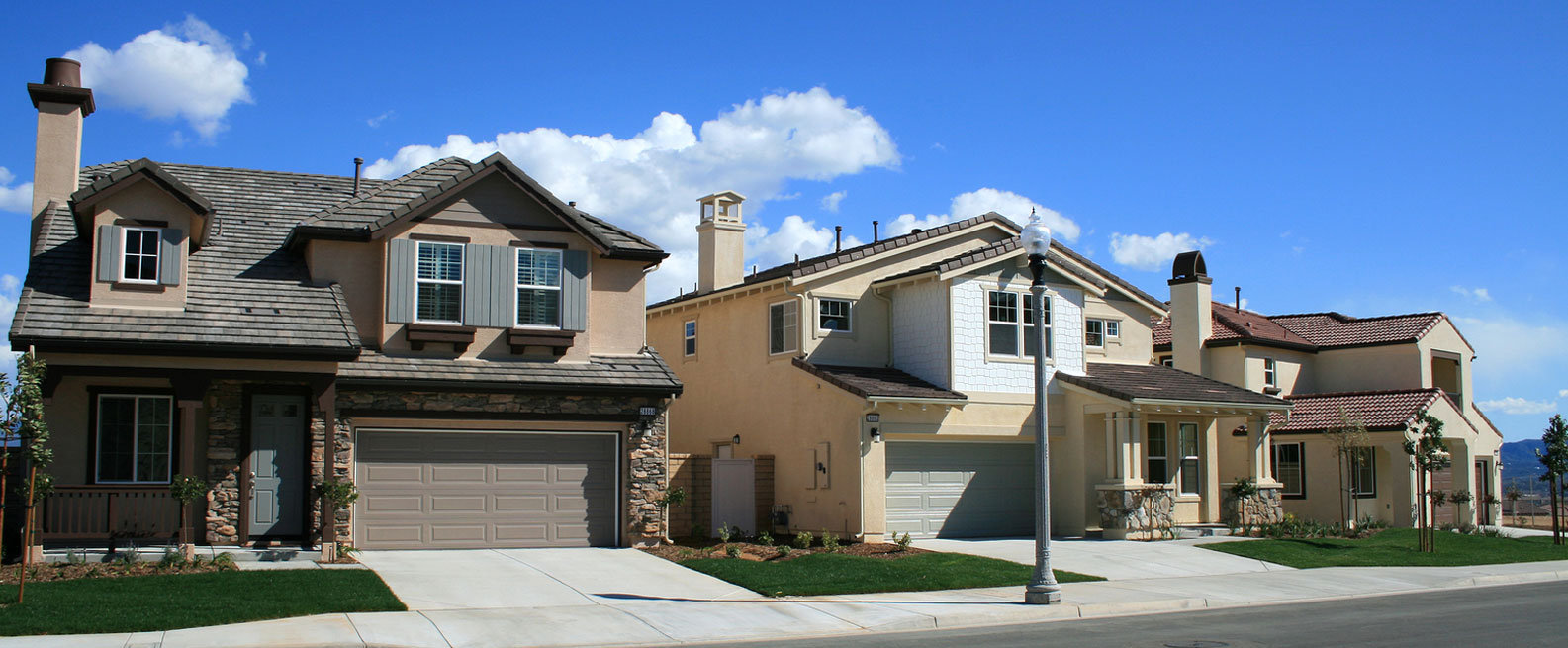Carbon Monoxide Facts
Carbon Monoxide Is A Deadly Gas That Can Kill! Keep Your Family Safe With A Carbon Monixide Detector and smoke detectors.
One of the first lines of defense against deadly fires and smoke, is having working smoke alarms throughout your home and living area. A second very important monitoring device to have in your home is a carbon monoxide detector.
What is Carbon Monoxide?
Carbon monoxide (CO) is a colorless, odorless, poisonous gas. A product of incomplete burning of hydrocarbon-based fuels, carbon monoxide consists of a carbon atom and an oxygen atom linked together. Carbon monoxide can be given off by appliances that burn fossil fuel like wood, oil, gas, and even coal – when a heating appliance is not working properly or when their is not adequate ventilation from the burning fuel. For example, a cars emissions will emits dangerous levels of carbon monoxide when left running in an enclosed garage (due to a lack of
Why is Carbon Monoxide a Public Health Problem?
Carbon monoxide enters the bloodstream through the lungs and forms carboxyhemoglobin, a compound that inhibits the blood’s capacity to carry oxygen to organs and tissues. Persons with heart disease are especially sensitive to carbon monoxide poisoning and may experience chest pain if they breathe the gas while exercising. Infants, elderly persons, and individuals with respiratory diseases are also particularly sensitive. Carbon monoxide can affect healthy individuals, impairing exercise capacity, visual perception, manual dexterity, learning functions, and ability to perform complex tasks.
Consider The Following facts:
- Every day an average of three children die in home fires, 1,100 children each year. On average ninty percent of child fire deaths occur in homes without working smoke detectors.
- Smoke detectors are in over 90% of Americans homes, but most are not maintained and do not work when needed!
- By having a working smoke detector in your home, the risk of dying in a home fire is reduced by nearly half!
Tips for maintaining your smoke detectors:
- Every fall when you change your clocks, change your smoke detectors batteries.
- Test your alarm frequently, especially after inserting new batteries.
- Install at least one smoke detector on each level of your home, including your basement, family room and outside/inside every bedroom.
- Vacuum your smoke detectors each month to insure their is nothing blocking or obstructing their sensors.
- Keep a fire extinguisher in your kitchen – we recommend this for its ease of use – Flame Out Residential Fire Extinguisher
- Have a working flashlight handy, near your bedside and through out the home, this also helps when the power goes out. We have a great compact flashlight that is super bright.
- Plan and practice your escape, create several escape routes and practice them with your entire family. Children are at a higher risk of dying during a fire, make sure your children know why and how the smoke alarm operates and sounds when it is activated. Test windows and doors to make sure even your children can open them. Plan a meeting spot outside the home.










